|
In addition to receiving a steady stream of wines and spirits for review, I will occasionally be sent newly published books pertaining to wine and food. For the most part, I find these books to be rather mundane and lacking originality. I tend to imagine them on bookstore shelves keeping company with the other hundreds of books with the same recurring theme. So, when I was approached by a publishing house to take a look at a new book on cheese, wine, beer and cider pairing, I thought to myself, “here we go again, another book for the dust pile”, but I agreed to take a look. CHEESE BEER WINE CIDER: A Field Guide to 75 Perfect Pairings is written by Steve Jones & Adam Lindsley and was published by Countryman Press on March 19th, 2019. Steve and Adam are both from Portland, Oregon. Steve is a well-known cheesemonger and bar owner of Portland-based Cheese Bar and Chizu. Adam is a book author and contributor to Serious Eats. This 224-page book is a cohesive exploration and pairing guide that makes you think outside the box and beyond the glass of wine when it comes to serving cheese. Not only does the book include 75 tantalizing cheese pairings for wine, beer and cider, but it is also a well thought out book that serves as an introduction and mini-course on such topics as “The 9 Rules of Buying, Storing, and Serving Cheese” and a chapter on “All About Alcohol”. This is an easy read packed with information that is delivered in a light but informative and approachable style. The book is interspersed with lots of interesting and enlightening “Quick Bite” notes that elaborate on the various topics discussed. Here are a few examples of “Quick Bite”. David L. Reamer, a West Coast based food, restaurant and lifestyle photographer, provided beautiful photos throughout the book. This book will appeal to the novice as well as the connoisseur. And I can assure you that CHEESE BEER WINE CIDER will definitely not be collecting dust in my house!
SRP: $24.95 Until next time… Cheers! Penina To leave a comment or if you have an inquiry, please contact me at [email protected] About one year ago I wrote a story and reviewed some impressive wines from Peter Zemmer Winery located in the magical setting of Alto Adige, the northernmost wine region of Italy. Alto Adige is bordered by Austria and Switzerland and is one of Italy’s smallest winegrowing regions. 98% of wines produced here fall into the DOC designation. Peter Zemmer Winery is situated in the very small community of Cortina that has approximately 600 inhabitants in the village. Snowcapped mountains surround Cortina which encompasses beautiful Alpine villages and scenic valleys. The winery was founded in 1928 by Peter’s great uncle and is one of the oldest wineries in Alto Adige. Peter is now the third generation in this family-run winery. To quote from my last story, “Alto Adige enjoys a mild Alpine-continental climate with big temperature swings between day and night, averaging 64 degrees during the grape growing stage. There are over 300 days of sun per year with approximately 27 inches of rainfall per year. The Dolomites protect the vineyards from cold winds coming from the north. And to the south, where the land is open, warm air currents waft over the winegrowing vineyards coming from Lake Garda and the Mediterranean. The lowest vineyards are at 750 feet and the highest vineyards reach 3,250 feet above sea level. The average elevation is approximately 1,600 feet. Alto Adige has a broad range of soils such as volcanic porphyry, quartz, limestone, dolomite and sandy marl. The soils combined with the climate make an ideal stage on which to grow high-quality grapes. More than sixty percent of the region’s vineyards are white grape varieties such as Pinot Grigio, Chardonnay, Pinot Blanc, Gewürztraminer and Veltliner. Approximately forty percent of the vineyards are red grape varieties such as Cabernet Sauvignon, Merlot, Pinot Noir, Malvasier, Schiava, Lagrein and Moscato Rosa”. So, with that in mind, let’s explore an exceptional Pinot Grigio that arrived at my doorstep recently. According to the local dialect, “Giatl” means “little property” or “little vineyard” and also refers to a nearby hamlet of the same name. Grapes are selected from individual vineyards in the Giatl site, located in the valley around the center of Cortina. It is comprised of 24 acres of which two-thirds are owned or leased by the Zemmer family. Extreme chalky soil, sand and shingle dominate the area. In addition to ideal climatic conditions, during the growing season, the grapes benefit from the daily wind ‘Ora’ emanating from the south that refreshes and ventilates the grapes. The grapes are harvested from the best six acres, with vines ranging from 15 to 30 years of age. Fermentation takes place in small French oak casks, making Zemmer one of the very few producers to vinify Pinot Grigio in wood casks. The wine is then aged for 12 months in French oak, followed by six months aging on the lees in stainless steel. An additional six-month rest takes place after bottling. Pinot Grigio Riserva GIATL Alto Adige DOC 2016 is 100% Pinot Grigio with a soft lemon color. Fruity and floral aromas give way to an exciting palate with a rich and creamy texture. Layers of apples, peach, pear, lemon, honeysuckle, melon and subtle toasty notes are balanced with acidity and a long delectable finish. Drink as an aperitif or pair with fruit, cheese and light fish entrees. Recommended cellaring is 6-8 years. Quite honestly, this is the best Pinot Grigio that I have ever tasted!
Alcohol: 14.5% SRP: $38 I think I’ve found another sunset sipper for the summer! Thank you Peter Zemmer! Until next time… Cheers! Penina To leave a comment or if you have an inquiry, please contact me at [email protected] You might be wondering what Malbec World Day is and why it’s celebrated on April 17th. I was curious as well, so I did a little research. In 2011, Lis Clément who at the time was head of Marketing and Communications of Wines of Argentina established Malbec World Day. Her goal was to communicate to the world that Malbec was the “pearl” of Argentina. April 17th is significant because it commemorates the day back in1853 when Argentina’s president, Domingo Faustino Sarmineto formally began his quest to transform Argentina’s wine industry. Today, Argentina is the leading producer of Malbec in the world. And according to Wines of Argentina, it has over 97 acres of vineyards planted across the country. To get in the spirit of Malbec World Day, I was sent a few bottles of wine to review from Bodega Colomé winery situated in the Upper Calchaquí valleys in the Salta region of northwestern Argentina. Bodega Colomé is considered one of the highest altitude wineries in the world ranging from 2300 to 3111 meters above sea level. The estate was founded in 1831 and is one of the oldest running wineries in Argentina, which is now owned by the Hess Family since 2001. The high altitude, maximum sun exposure and extreme day to night temperatures of up to 36-degree difference in the Salta region create a perfect scenario for producing intense and expressive wines of Torrontés and Malbec, the signature grape varieties of this area. Colomé Estate Malbec 2016 is 100% Malbec blended from four estate vineyards. Colomé vineyard surrounds the winery at an altitude of 2300 meters and represents 65% of the blend. El Arenal vineyard is at 2700 meters and represents 25% of the blend, followed by Altura Máxima vineyard at 3111 meters and La Brava vineyard at 1700 meters, each contributing 5% of the blend. The wine is aged for 15 months in French oak barrels and 6 months in the bottle. Dark purple in color, the nose is greeted with intensely dark and red fruit aromas, floral notes and spice. The palate offers sumptuous flavors of blackberry, blueberry, violet, nutmeg, dark chocolate and a hint of pepper. Tannins are medium with a velvety mouthfeel. This is a beautiful wine to drink now and it will only get better with age. Alcohol: 14.9% SRP: $25 Colomé Auténtico Malbec 2017 is 100% Malbec. The grapes are grown at an altitude of 2300 meters and harvested from vineyards over 100-years-old. The wine is produced in the old winemaking style, using ancient techniques such as pigeage and no oak influence. This is another intensely dark purple color with aromas of dark fruit, cherries, sweet spice and a hint of floral. The palate is lush with concentrated dark fruit, baking spice, sweet plum and the slightest hint of pepper on the finish. It is fresh and crisp with soft tannins and a lengthy finish. This wine has lots of energy and is truly expressive of the terroir. Alcohol: 14.5% SRP: $30 Although this story is about Malbec World Day, I would be remiss if I didn’t introduce another aromatic and flavorful flagship white grape of this region. Colomé Torrontés 2018 is 100% Torrontés and harvested from the La Brava vineyards. Due to the microclimate, solar exposure and altitude, the grapes make expressive wines that are aromatic and have great acidity. The color of this wine is pale lemon with heady floral aromas of rose petals, peach and hints of citrus and apricot. Perfume, honeydew, pear, grapefruit and a trace of sweet spice linger on a long finish. This is a beautifully balanced wine with fresh acidity. It was quite enjoyable as an aperitif! Alcohol: 13.5% SRP: $15 So, on April 17th, open a bottle of Malbec and savor this full-bodied wine with its rich fruit flavors and you’ll see what the celebration is all about!
Until next time… Cheers! Penina To leave a comment or if you have an inquiry, please contact me at [email protected] With the forsythia making a splashy show in addition to blooming tulips, hyacinths and daises, I can’t think of a better way to celebrate spring than with a festive bottle of rosé wine. Several months ago I had the pleasure of spending an afternoon with Riccardo and Alessandro Pasqua of Pasqua Vigneti é Cantine located in Verona, Italy. If you haven’t read my story about the “Two Brothers of Verona” and their expressive wines, please click on this link to learn about their family history, region and wines. http://thewineknitter.com/1/post/2019/01/day-701-the-two-brothers-of-verona.html My focus today is on Pasqua 11 Minutes Rosé, a beautiful wine to help kick off the spring season. First of all, the bottle is exquisite. The unusual oval shape and an alluring photo of Lesbia draws one’s attention to this bottle of wine, tempting us to partake in its pale pink salmon liquid. Lesbia was the mistress of Catullus, a Roman poet (born in Verona) who dedicated his most famous poem to her, “Odi et Amo” (I hate and I love). The Pasqua family once again takes their passion for wine and combines it with romance and history as seen in their Romeo & Juliet Passione e Sentimento wines. Pasqua 11 Minutes Rosé Trevenezie IGT 2018 is a masterful blend of Northern Italian and International grapes which are harvested from vineyards on the eastern and southern shores of Lake Garda of the Veneto region. The blend of this rosé is 50% Corvina, 15% Syrah, 25% Trebbiano di Lugana and 10% Carmenere. And why is it called “11 minutes” rosé? After harvest, the grapes are gently pressed and with only 11 minutes of skin contact the most noteworthy qualities of the grapes are extracted and the color is obtained. Thanks to the Corvina grapes, this rosé has a powerful floral aroma with delicate notes of strawberry, raspberry, sweet spice and ruby red grapefruit. The palate is rich with strawberry, red berries, hints of pear and traces of nuttiness on the finish. Racy acidity is balanced with a smooth texture. This fresh rosé is definitely a winner whether sipping as an aperitif or pairing with light food. Yum! Alcohol: 12.5% SRP: $20 This is a wonderful wine to drink all year round, but take advantage of the warm weather and bring it along on picnics and savor every sip while enjoying a sunset! Until next time…
Cheers! Penina To leave a comment or if you have an inquiry, please contact me at [email protected] As I turned up the heat this morning, I reminded myself that spring is just around the corner. I’m longing for warm and sunny days that don’t require coats, boots and gloves! Knowing it was going to be a fireside evening, I decided to open a red wine that was tucked away from our restaurant days. Although I had lots to choose from I zeroed in on a bottle of 2004 Les Ruchets Cornas from Jean-Luc Colombo winery located in the northern appellation of Cornas in the Rhône Valley, France. Jean-Luc’s background is far from boring. As a child, he spent a lot of time helping his mother in her restaurant in Marseille where he was always surrounded by good food and wine. Growing up with a successful restaurateur certainly had its advantages! Jean-Luc went on to receive a pharmacy degree where he combined his love of Syrah and science by creating a wine laboratory in 1984 with his wife Anne called Centre Oenologique des Cotes du Rhone. Jean-Luc quickly established himself as a wine consultant for wineries throughout the Rhône Valley, including many top domaines. Today, Jean-Luc and Anne produce wines from vineyards in the Rhône Valley, the Languedoc and Provence, with the core of the Colombo winery situated in Cornas. Their daughter Laure joined the family in 2010 as their winemaker. Cornas is the smallest appellation in the Rhône Valley consisting of approximately 300 acres and is dedicated to producing only red wine from the Syrah grape. The Mediterranean climate and decomposed granite soils contribute to the richness and character of these wines. Jean-Luc’s first vintage of Les Ruchets Cornas was in 1987 and it remains his flagship wine today. Jean-Luc Colombo Cornas Les Ruchets 2004 is an impressive wine that after 15 years is still powerful and expressive. It is 100% Syrah made from very old vines that are over 90 years old. As I poured this garnet colored wine into my glass seductive aromas of dark berries, spice, floral and hints of herbal notes greeted me. My first sip confirmed that I was in for a royal treat. I patiently allowed the wine to open and then rewarded my palate with layers of berries, plum, earth, cedar, spice and a lengthy jammy finish sprinkled with pepper. It had a silky mouth-feel with soft tannins. After drinking this wine, I’m inclined to purchase a few newer vintages to drink in about 10 years or so! Cheers to Jean-Luc Colombo and his family! Alcohol: 14.5% It is the countdown to spring and I am ready to embrace it!
Until next time… Cheers! Penina To leave a comment or if you have an inquiry, please contact me at [email protected] When last I spoke of “Rubio” and “Blanca” in 2016, Rubio was on his Vespa either running away with a case of wine or pursuing Blanca in the hopes of sharing the wine with her. These whimsical labels certainly conjure up all sorts of scenarios! Paolo Masi, who is a third-generation winemaker at Renzo Masi winery, makes both of these wines. Fattoria di Basciano is the estate owned by the Masi family since the start of the 1900s. Located in the south of Florence in Tuscany’s Rufina district, the estate sits on a hill overlooking the Argomenna Valley on one side and the right bank of the Sieve river on the other. It is considered one of the best areas for Sangiovese grapes after the “Classico” region. The Renzo Masi winery produces a broad spectrum of wines from entry-level to fine wines. Renzo Masi’s motto is “Big enough to be broad-minded. Small enough to care about the details”. Affectionately called “Rubio and “Blanca”, Il Bastardo Sangiovese di Toscana IGT 2017 and La Bastarda Pinot Grigio di Siciliane 2017 are entry-level wines with an impressive “bang for the buck!” La Bastarda Terre Siciliane IGP 2017 is 100% Pinot Grigio from Sicily. Grapes are picked before they lose their natural acidity and become too sweet. The color of the wine is pale yellow with citrus notes, floral, and peach on the nose. My palate was entertained with flavors of grapefruit, lemon, honeysuckle, peach and hints of green apple. This is a fresh and lively wine with good acidity and balance. Serve as an aperitif or pair with shellfish, light pasta, fish and mild cheese. I think Blanca has the right idea to sip this wine while enjoying the beach. Alcohol:12.5% SRP: $9 Il Bastardo Rosso di Toscana IGT 2017 is 100% Sangiovese mostly picked from Tuscany’s Rufina district, but also includes grapes from nearby vineyards. The color of the wine is dark ruby with aromas of cherry, dark berries and hints of spice that segues onto the palate with a touch of fennel and pepper on the finish. This is a medium-bodied wine with soft tannins and a silky mouth-feel. Pair with grilled meat, fowl, pasta and cheese. Alcohol: 13% SRP: $9 I can certainly understand why Rubio might want to abscond with Il Bastardo wine to keep for himself. But being a romantic, I’d like to think that Rubio is in hot pursuit of Blanca and can’t wait to share a bottle of Sangiovese with her. And, although Blanca, a strong and independent woman appears to be quite content sitting by herself with a delicious glass of Pinot Grigio, I think she is longing for the day when Rubio will ride up on his Vespa to join her. What do you think?
Until next time… Cheers! Penina To leave a comment or if you have an inquiry, please contact me at [email protected] The story begins in a small village called Pesquera del Duero located on the banks of the river Duero in northern Spain. It was here in his hometown where he was born and raised that Alejandro Fernández turned from beet harvesting to winemaking. As a young boy, Alejandro’s father taught him how to make wine from the grapes of the surrounding vineyards and it became a lifelong dream to follow his father’s passion. It was Alejandro’s wish to someday make excellent wines that spoke of his homeland and in so doing, inspire the world to take notice. The beginning of Alejandro’s dream was finally realized in 1972 with his own bodega, a 16th century stone winery in the province of Valladolid where most of the winemaking took place. Alejandro’s first grape planting was Tempranillo and he produced his first vintage in 1972 called Tinto Pesquera. By 1982, Alejandro along with a few other wine pioneers founded the D.O. Ribera del Duero, establishing official recognition for the region. And now, almost five decades later, Alejandro, his wife Esperanza and four daughters own and manage an impressive little empire under the name Grupo Pesquera. Grupo Pesquera consists of four bodegas: Tinto Pesquera, Condado de Haza, Dehesa La Granja and El Vínculo. All the bodegas are dedicated to exclusively growing Tempranillo except for El Vínculo in Campo de Criptana (D.O. La Mancha), which also produces Alejairén, a white wine. Ribera del Duero has a high elevation and spans from the east of Aranda del Duero to Valladolid in the west. The major source of water for the vineyards in this region comes from the Duero River. The climate leans towards continental with a complexity of soils throughout the region. All the grapes for Grupo Pesquera are harvested by hand and Alejandro doesn’t let the calendar determine the harvest, only the grapes dictate when they are ready to be harvested. He feels that the harvest is the most significant element in winemaking. Alejandro uses a combination of French and American oak barrels for aging, making certain that the original character of the grapes is present and doesn’t allow the wood to define the grape. The Fernández family is dedicated to natural winemaking. Wines are neither filtered nor fined prior to bottling. Alejandro has been given the title of “Master of Tempranillo” and deservedly so. In following his intuition and not the rules, Alejandro has helped to establish Tempranillo as a fine wine in Ribera del Duero. His wines are rich and complex with an abundance of fruit-driven character. As per the rules of the D.O. Ribera del Duero, 75% of all red wines must be Tempranillo. Cabernet Sauvignon, Merlot and Malbec can make up the balance or up to 5% of Albillo or Garnacha. I recently received four samples from three of the bodegas. 2015 Condado de Haza Crianza – Ribera del Duero The Condado de Haza vineyards were planted in 1987 on a 200-acre estate located right next to the Duero River. With a focus on sustainable farming and maintaining the area’s biodiversity, chemicals are never used and an onsite purifier recycles all water. The soil is rocky and the estate experiences a cooler climate than that of the other three bodegas. 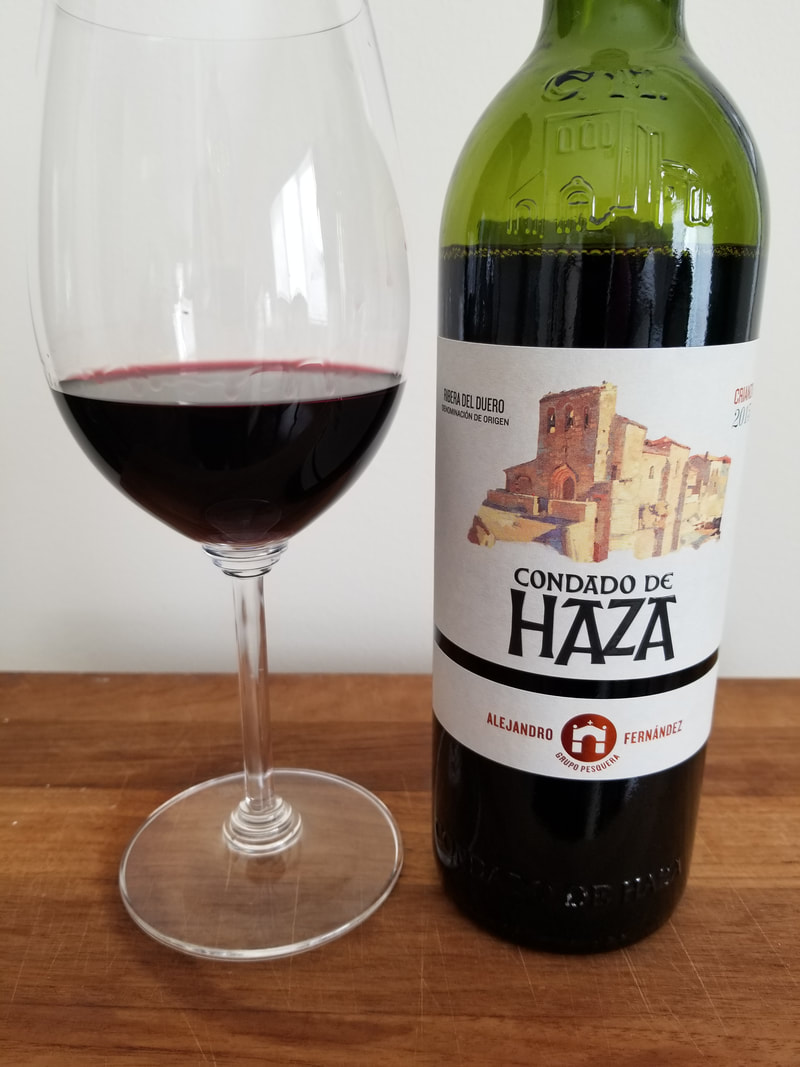 This wine is 100% estate-owned Tempranillo. After 18 months of barrel aging, the Condado de Haza Crianza is then aged for a minimum of 6 months in the bottle. The color is deep red, bordering on purple. Aromas of dark fruit, plum and sweet spice give way to a savory and understated dark fruit palate with hints of fennel, spice and chocolate. This is a straightforward wine with no pretention. It is nicely balanced with a long finish. Serve with grilled meat, hearty stews and spicy pasta. Alcohol: 14% SRP: $24 2013 El Vínculo Crianza – La Mancha After Alejandro discovered high-quality 100-year-old Tempranillo vines in the historic village of Campo de Criptana in La Mancha region, El Vínculo became the fourth estate. He signed a long-term lease in 1999 with the town’s best grape growers and assumed control of the yield of 50% of fruit dropped per year and harvest time. La Mancha is in the warmest region of the four estates and is exposed to more sun, heat and less moisture, but does experience an extreme continental climate. The vineyards have a combination of sandy and clay soil. This wine is 100% Tempranillo and aged for 18 months in American oak barrels and 6 months in the bottle prior to release. The color is deep red with wonderful aromas of ripe red fruit, plum, spice, violet and vanilla. Intense flavors of berries, plum, cherry liquor, earth, spice and toasted wood greet the palate. Round tannins and acidity are perfectly balanced with a long and persistent finish. Serve with grilled meats, poultry and stews. This is a lot of wine for the price tag! Alcohol: 14.5% SRP: $19 2015 El Vínculo Alejairén – La Mancha This is Grupo Pesquera’s first white wine with the first vintage released to the market in 2007. It is made from 100% Airén grapes; an indigenous white grape planted throughout central Spain and in particular the La Mancha region. It is drought-resistant and adapts well to hot, dry conditions and poor soils. The grape juice has mostly been used to make brandy and fortified wines such as port and sherry. The grapes for this wine are harvested from old vines in the Paraje la Golosa vineyard. It is aged 24 months in American oak barrels and a minimum of six months in the bottle. This wine is a tantalizing honeyed orange color with apricot, floral and oaky notes of vanilla and coconut on the nose. The palate is laden with hazelnut, apricot, baking spices and brioche. This is a dry wine with bright acidity and lots of character. Serve with an array of appetizers, light pasta and fish. The name Alejairén is derived from both Alejandro and the grape, Airén. Alcohol: 13.5% SRP: $30 2014 Tinto Pesquera Crianza – Ribera del Duero This 100% Tempranillo is produced from their flagship bodega covering 200 hectares of vineyards near the Duero River. The grapes are harvested from 40-year-old vines that grow in sand, gravel, clay and limestone. Aging takes place for 18 months in American oak barrels and then 6 months in the bottle. The color is reminiscent of black cherries with lots of dark berries, dark cherry and sweet spice aromas. A succulent layer of flavors envelops the palate with ripe fruit, dark cherry, plum, nutmeg and chocolate. It is beautifully balanced with silky tannins and a long finish. Hands down, this is a rich and elegant wine. Pair with meat, game, stews and an assortment of hard cheese.
Alcohol: 14.5% SRP: $35 I fully understand now why Alejandro Fernández is called the “Master of Tempranillo”! His bond and respect for the land upon which his grapes grow are apparent in every bottle of these expressive wines. Cheers to Alejandro and his family! Until next time… Cheers! Penny To leave a comment or if you have an inquiry, please contact me at [email protected] Okay, I am not patiently waiting for spring to arrive and I am quite tired of having to endure bone-chilling temperatures. So, I thought I would cheer myself up with a taste of some heartwarming wines from Marques de Casa Concha. For those of you who are new to my blog, I have written many stories and reviews of the iconic wines of Concha y Toro located in Chile. For an in-depth look at their history, brands, vineyards, wines and winemakers, please click on the menu at right. Today, I’m keeping it short and sweet. Marques de Casa Concha is a renowned brand of Concha y Toro and is known for its fine collection of single vineyard varietals produced by noted winemaker Marcelo Papa. All Marques de Casa Concha grapes are hand harvested from single vineyards except for the Cabernet Sauvignon, which is a blend from the Puente Alto Vineyard and Pirque Vineyard located close to the foothills of the Andes Mountains in the Maipo Valley of Chile. The grapes for the Carmenere are sourced from the celebrated Peumo vineyard, located in the Cachapoal zone of Chile’s Rapel Valley. The climate is semi-arid Mediterranean with a strong impact from the Andes Mountains creating extreme temperatures between night and day. The grapes experience a longer ripening period allowing for aromas that are more intense and concentrated. Marques de Casa Concha Carmenere 2016 is 100% Carmenere. Aging takes place in new and used French oak barrels for 18 months prior to release. The color is deep red, bordering on purple with aromas of dark cherry, cranberry, black raspberry and spice. Fresh acidity and round tannins add to the dark berries, plum, spice, pepper and vanilla on the palate. The wine is elegant and I am happy to sip it as an aperitif, but it will pair nicely with roasted meat, game, pasta and cheese. Alcohol: 13.5% SRP: $25 Marques de Casa Concha Cabernet Sauvignon 2016 is aged for 18 months in new and used French oak barrels and then aged for an additional month after bottling. The color is dark ruby with abundant aromas of cherry, plum, spice and dark berries that segue onto the palate. Lingering flavors of smoke, pepper and hints of vanilla give way to a lengthy finish. Silky tannins and concentrated flavors add to this expressive wine. Serve with hearty stews, meat, fish and hard cheese. Alcohol: 13.5% SRP: $25 As always, Marques de Casa Concha wines never disappoint my palate!
Until next time… Cheers! Penina To leave a comment or if you have an inquiry, please contact me at [email protected] This year marks the 65-year anniversary of Playboy, founded by Hugh Hefner in 1953. He was a producer, illustrator, entrepreneur, journalist and editor, but is best known for creating Playboy magazine which he turned into an international venture. He passed away in 2017, leaving me with classic images of “Hef” entertaining at his Playboy mansion, surrounded by Playboy bunnies and always wearing his trademark silk smoking jacket and carrying his pipe. The Playboy logo is a profile of a rabbit wearing a tuxedo bowtie that made its first appearance in the 2nd issue of the magazine. The logo was eventually used to design the official Playboy bunny costume that made its debut in 1960 at the first Playboy Club in Chicago. Today Playboy Enterprises is one of the most recognized consumer brands in the world. It receives most of its revenue from the media division and the licensing of its brand for use in consumer products. In celebration of the 65-year anniversary, Winemaker Lot 18 and Playboy Enterprises, Inc. teamed up to produce the ‘Playboy California Red Wine Blend’, a limited edition available only at Lot 18. And last week, Lot 18 gifted me a bottle. Lot 18 curates, markets and retails fine wine online. Founded in 2010, they strive to cull unique wines that represent the highest quality and value. The label for Playboy California Red Wine Blend features the iconic Playboy Bunny costume, paying homage to Playboy’s ancestry. It is complete with a gold mosaic bodice, ears and bowtie. Try as I might, I was unable to find out who actually made the wine or what grapes were used for its production, other than the fact that the grapes were sourced from California. Playboy California Red Wine Blend is a non-vintage red blend. The color is deep ruby bordering on purple with heady aromas of cherry, plum, raspberry and spice. Dark fruit and pepper are the first sensations on the palate, followed by dark plum, black cherry, blackberry, fennel and a grand finale of pepper, fennel and chocolate that lingers for a lengthy finish. I enjoyed this wine as an aperitif but it will easily pair with grilled meat, stews, hearty fish and an assortment of cheese.
Alcohol: 13.9% Price: $25 The wine is impressive and knowing what grapes were used to make it might make the wine more interesting, but the information won’t make it any less or more palatable. It goes back to my mantra “if you like the wine, that’s all that really matters!” Until next time… Cheers! Penina To leave a comment or if you have an inquiry, please contact me at [email protected] It’s that time of year again for hearts, flowers and everything pink! Yes, Valentine’s Day is fast approaching. So, to get in the spirit of the holiday and in keeping with the pink theme, I opened up a bottle of rosé from the south of France. Provence is no stranger to winemaking, and most winemakers from this region would agree that Côtes de Provence, the largest appellation here, is the heart of rosé wine production that also makes the vast majority of rosé wine in Provence. Château Montaud is located in the heart of the Maures Mountains on the site of an old Roman villa. As with most wineries in the Côtes de Provence, Château Montaud is family owned. Francois Ravel started the winery in 1964 and today, his grandson Frederic Ravel presides over this 840-acre estate. The warm Mediterranean climate with hot summers, mild winters and low rainfall are ideal for growing grapes. The vines grow on long schist and sandstone terraces with cool breezes that emanate from the Mediterranean Sea. Château Montaud practices sustainable farming and integrated farming techniques, keeping the number of treatments required to a minimum. They grow varietals such as Grenache, Syrah, Cinsault, Tibouren, Cabernet Sauvignon, Rolle and Chardonnay. Their winemaking techniques encompass advanced technology and traditional winemaking methods. Château Rosé Montaud Côtes de Provence 2017 is a blend of Cinsault, Grenache, Tibouren and Carignan. This aromatic blend is an inviting color of pink salmon with notes of fresh red fruit, strawberry, cherry, cranberry and hints of minerality. The palate is filled with flavors of cherry, strawberry, a trace of pepper and a touch of “the sea”. It is a very refreshing rosé with the perfect balance of acidity, minerality and dryness. Drink as an aperitif or pair with light fare such as seafood, shellfish, cheese, salads and light pasta. Alcohol: 12.5% SRP: $9 Now that I’m getting in the mood for Valentine’s Day, it’s time to decide what sparkling wines to chill! What will you be drinking? Until next time…
Cheers! Penina To leave a comment or if you have an inquiry, please contact me at [email protected] |
Categories
All
|

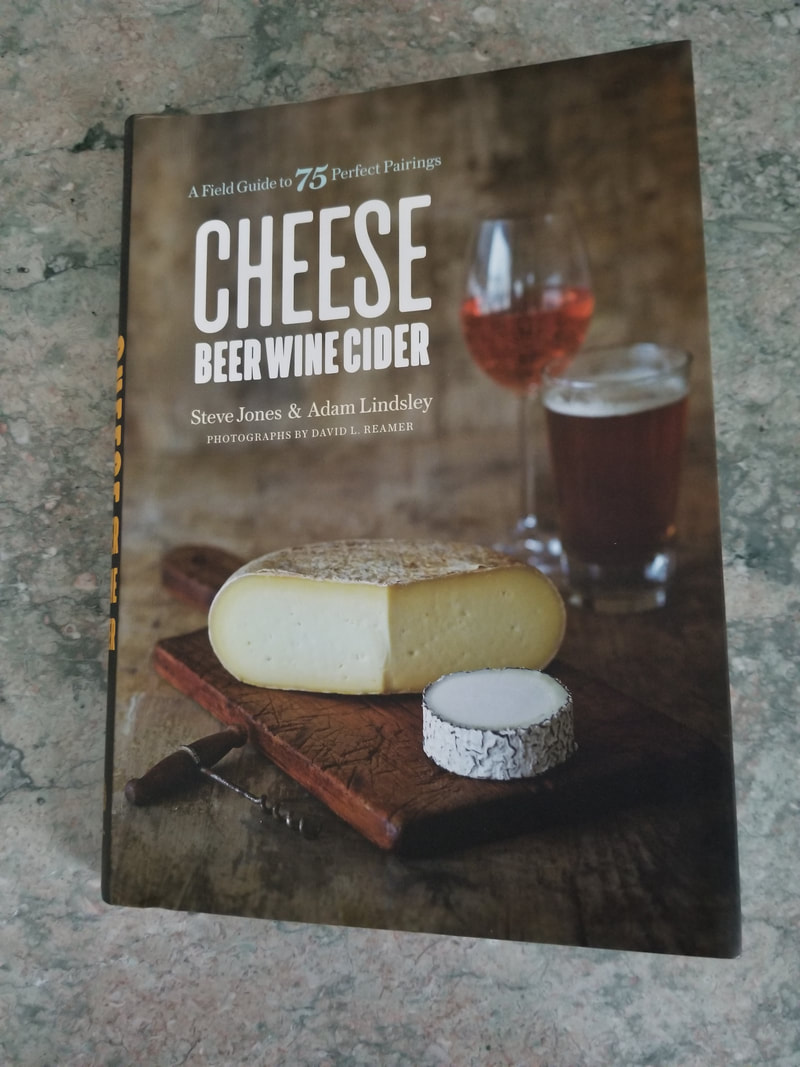
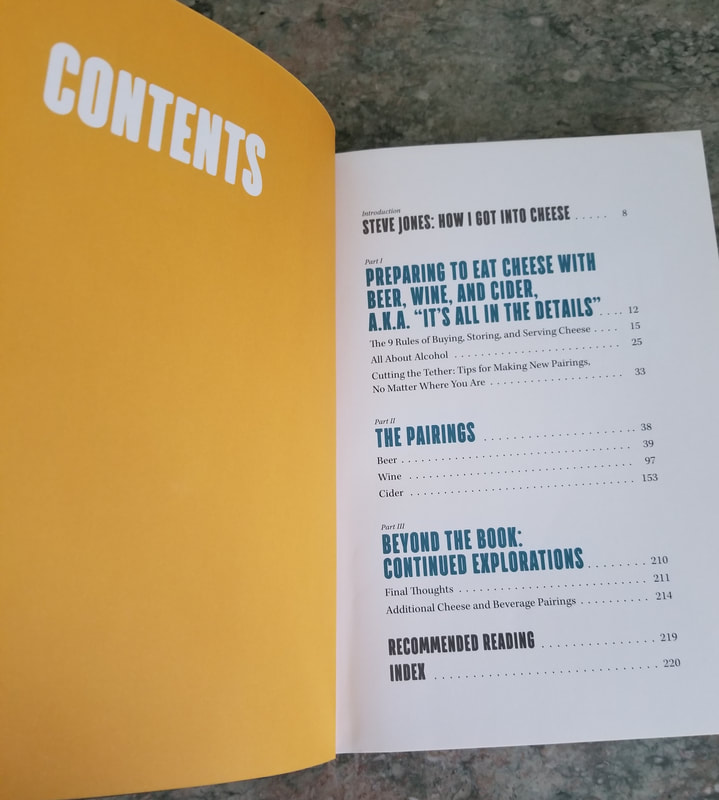
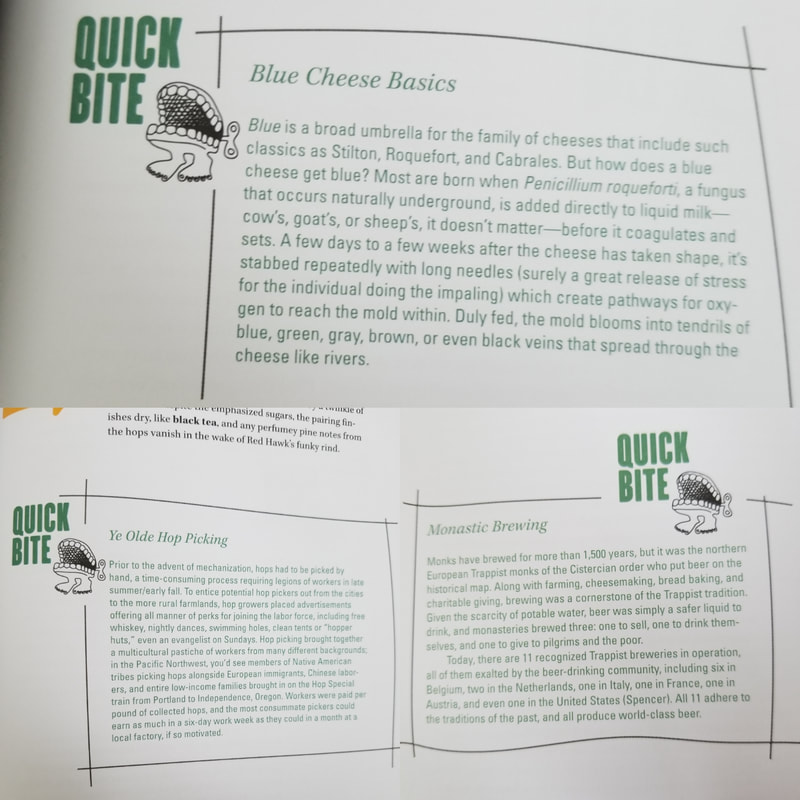
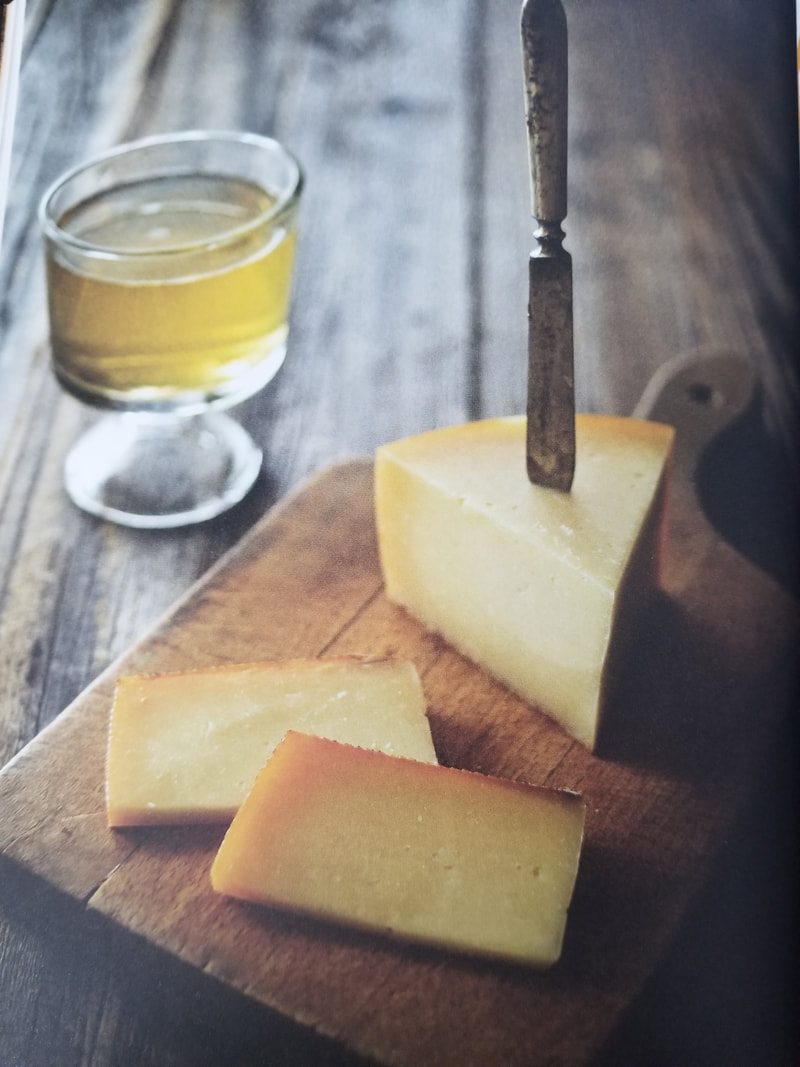
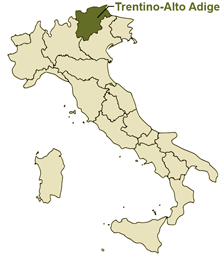
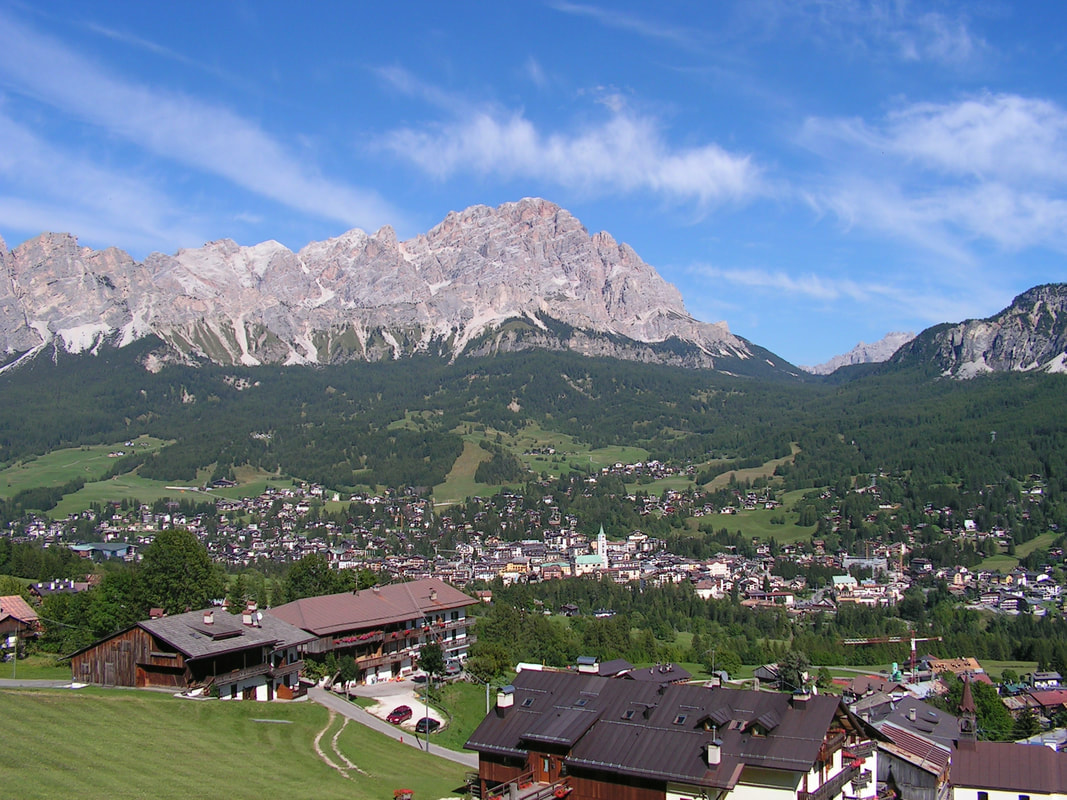
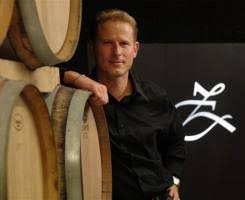
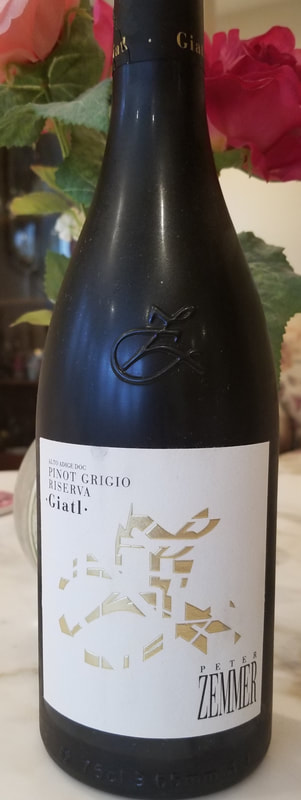
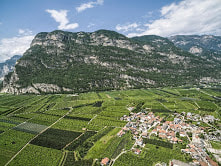
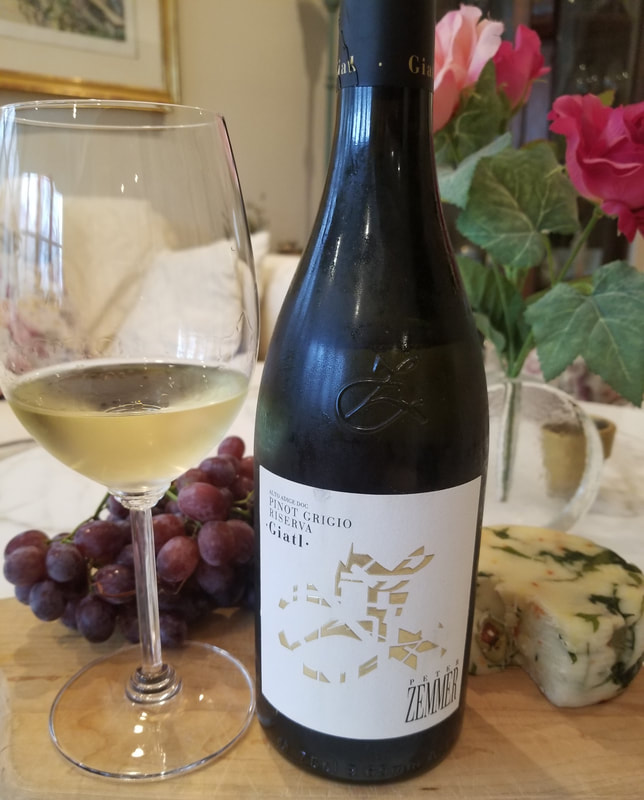
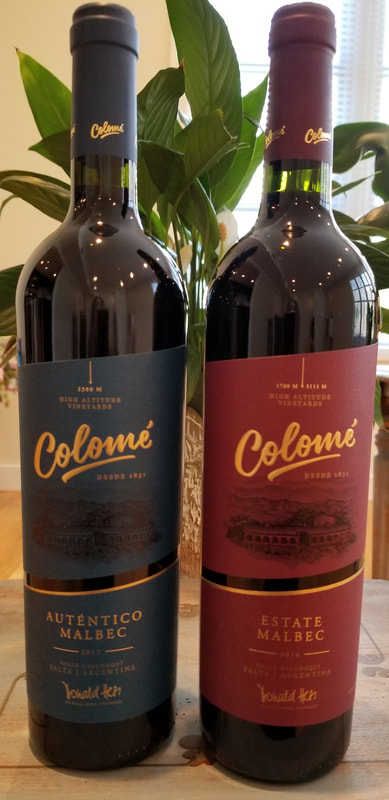
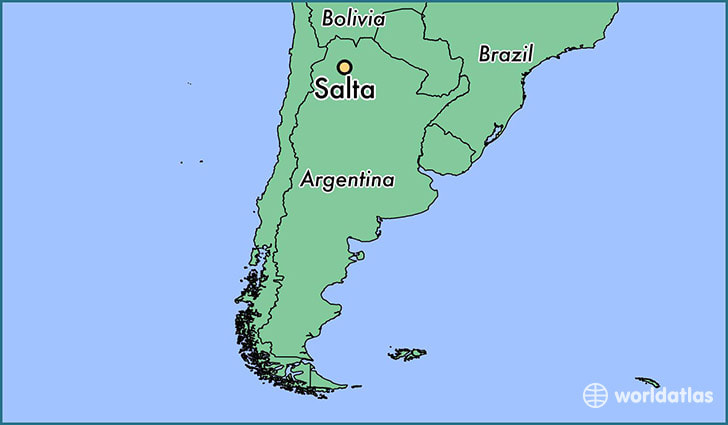
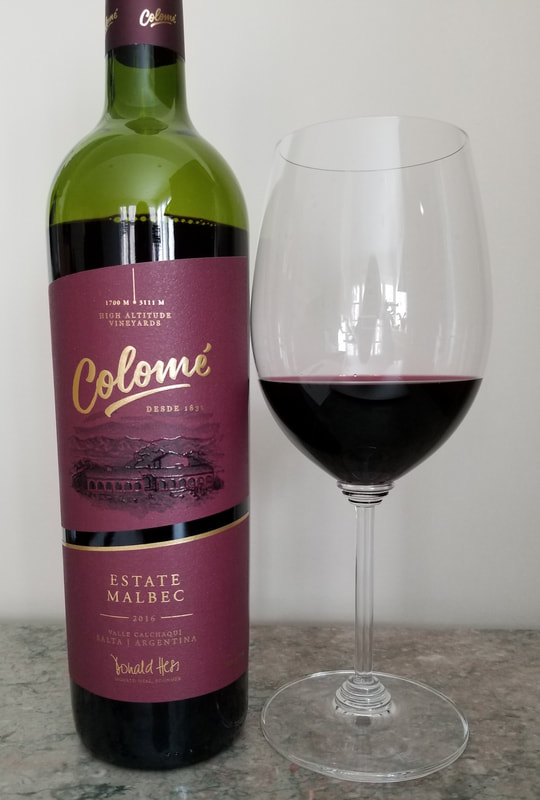
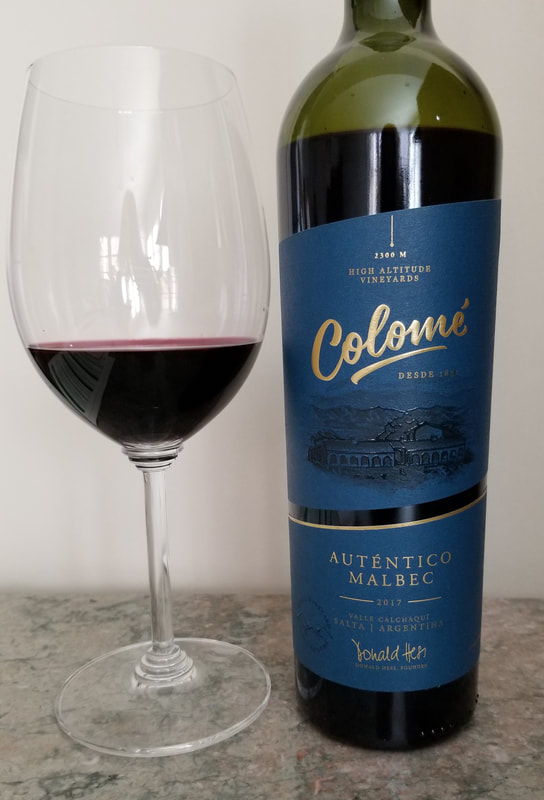
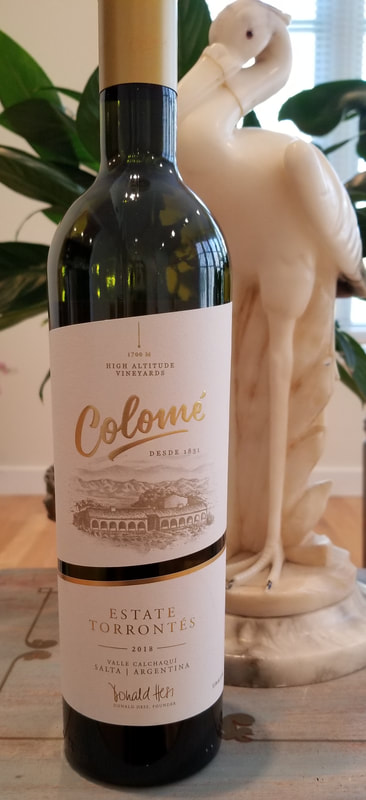
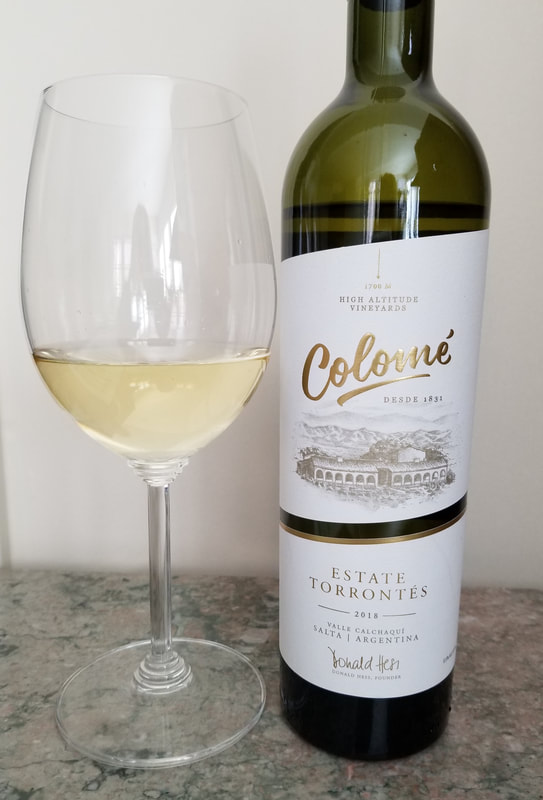
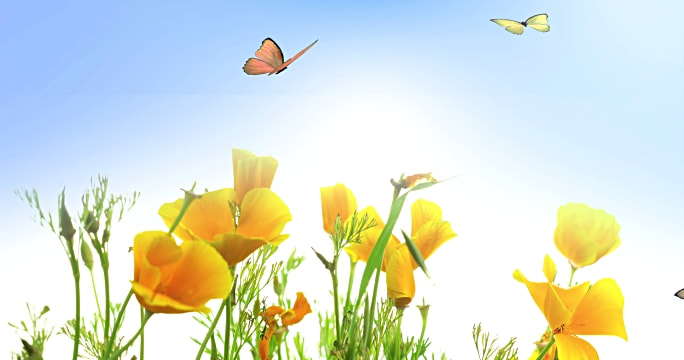
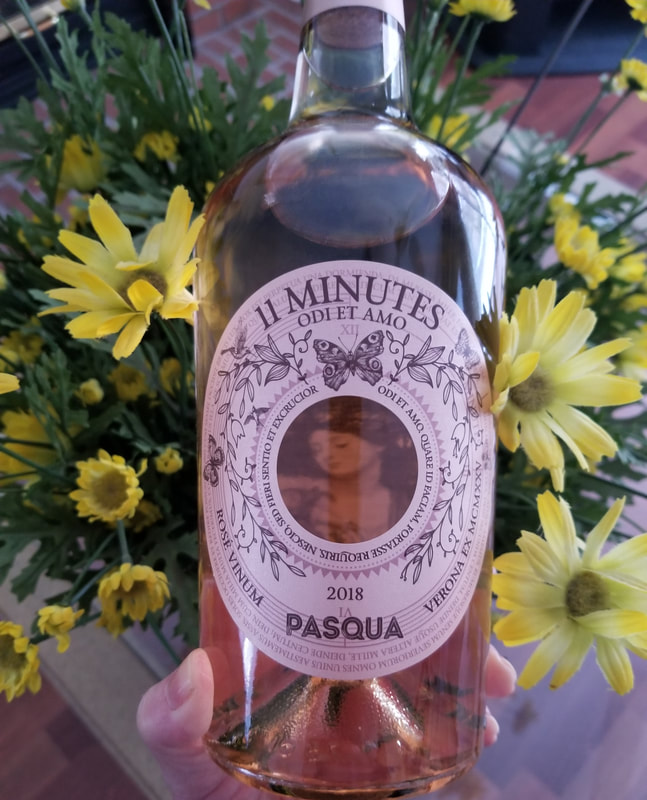
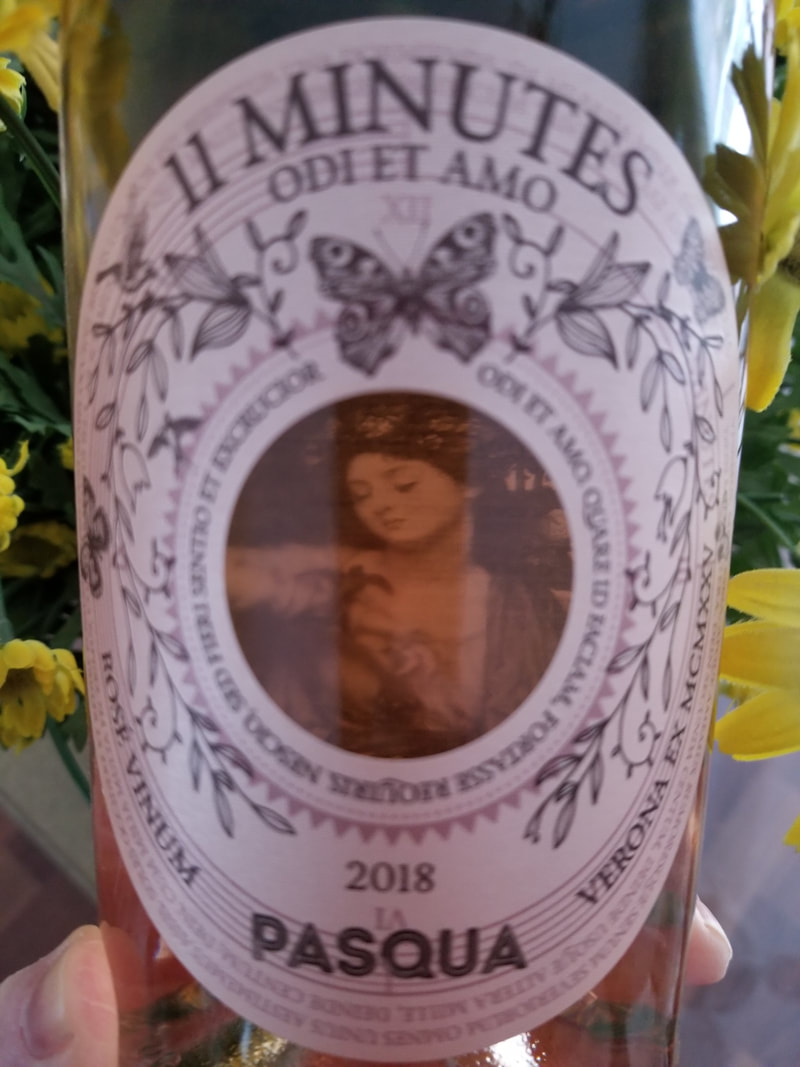
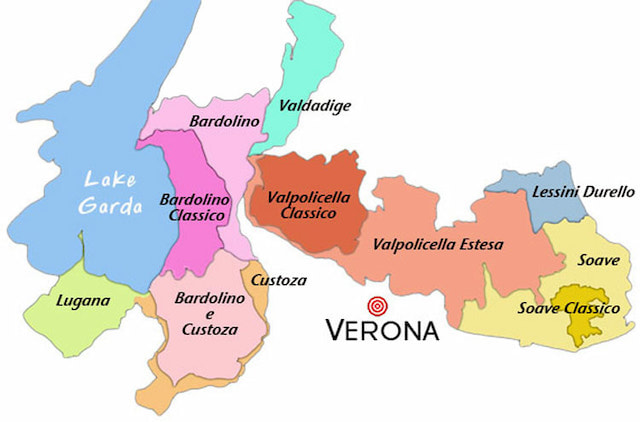
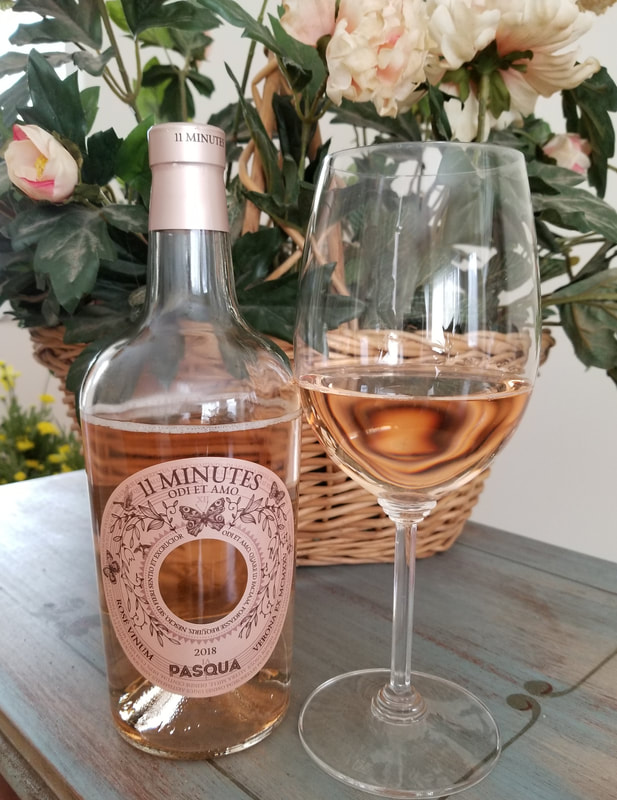
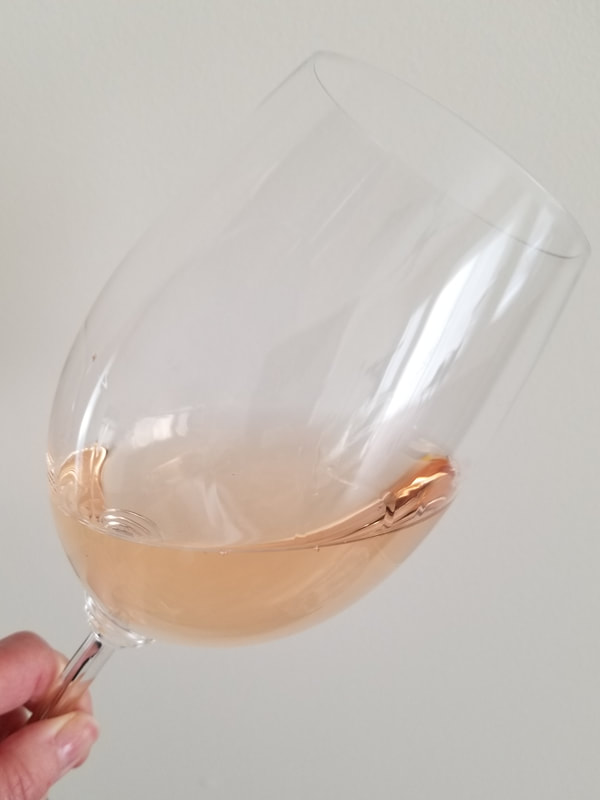
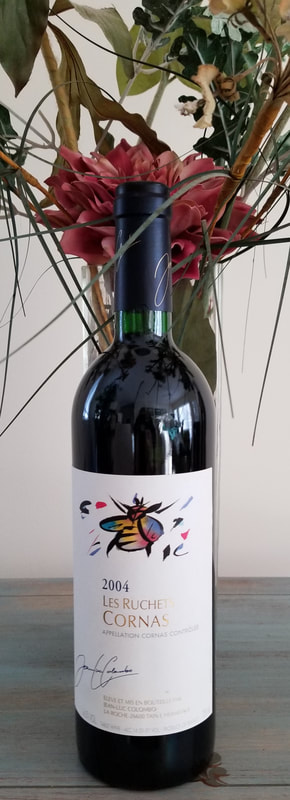
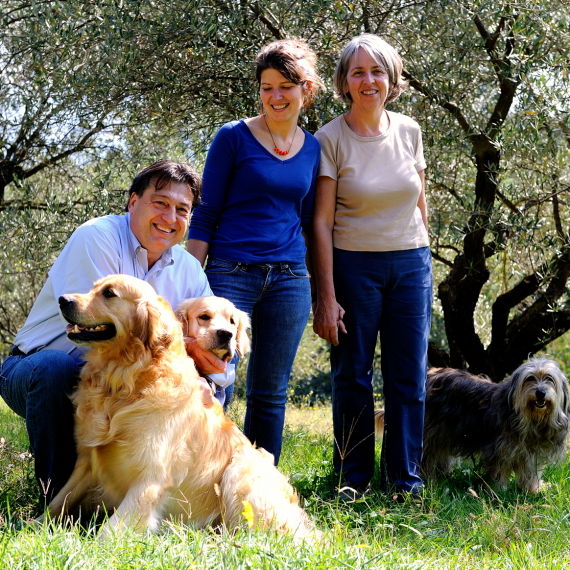
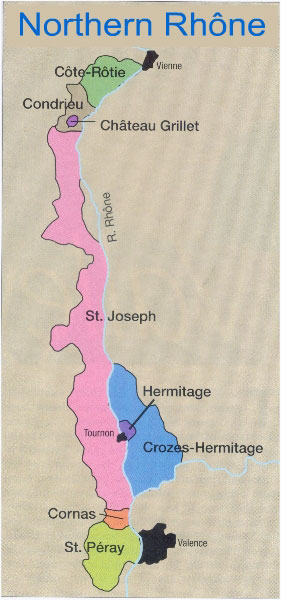
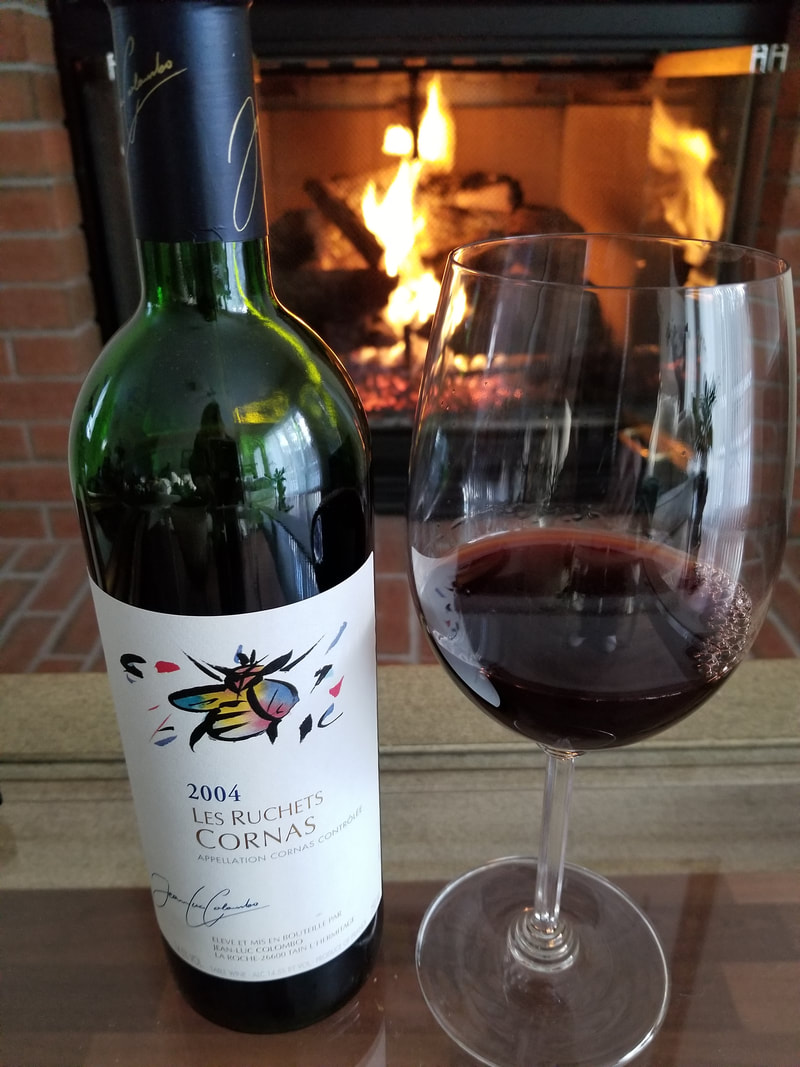
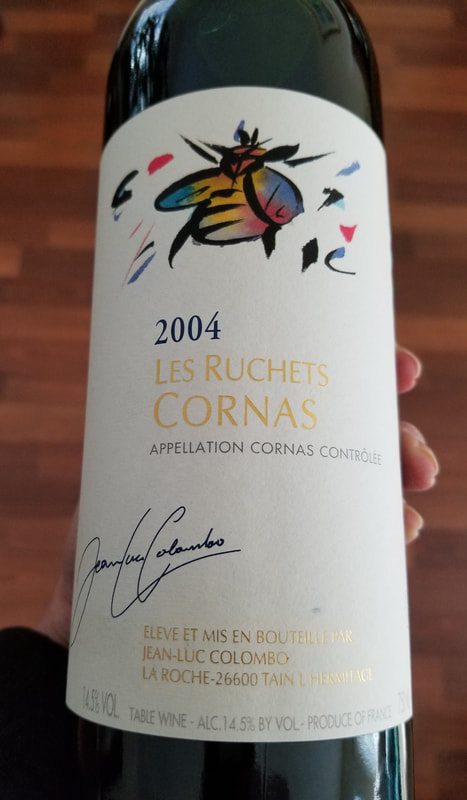
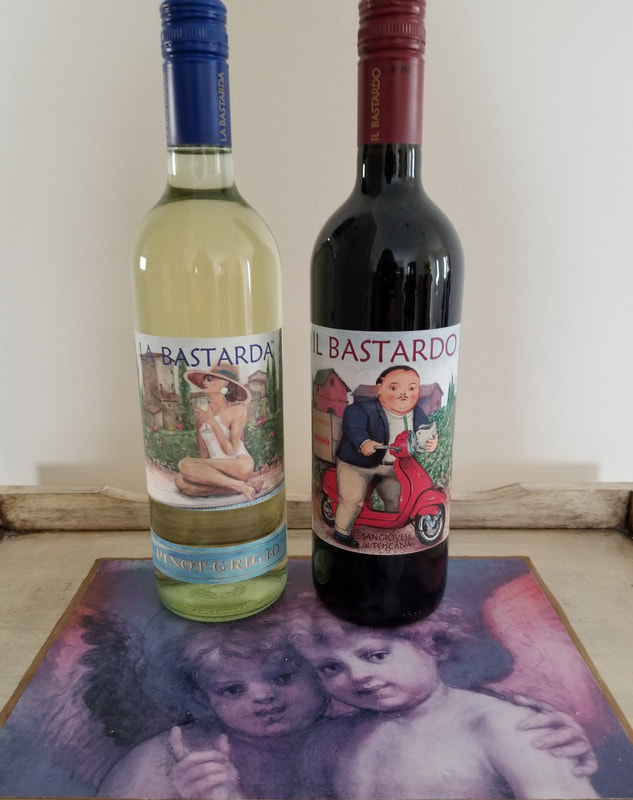
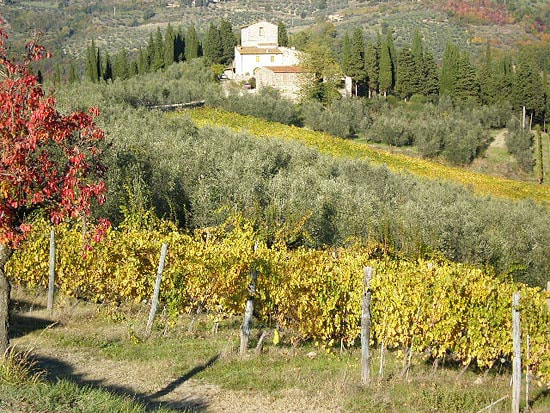
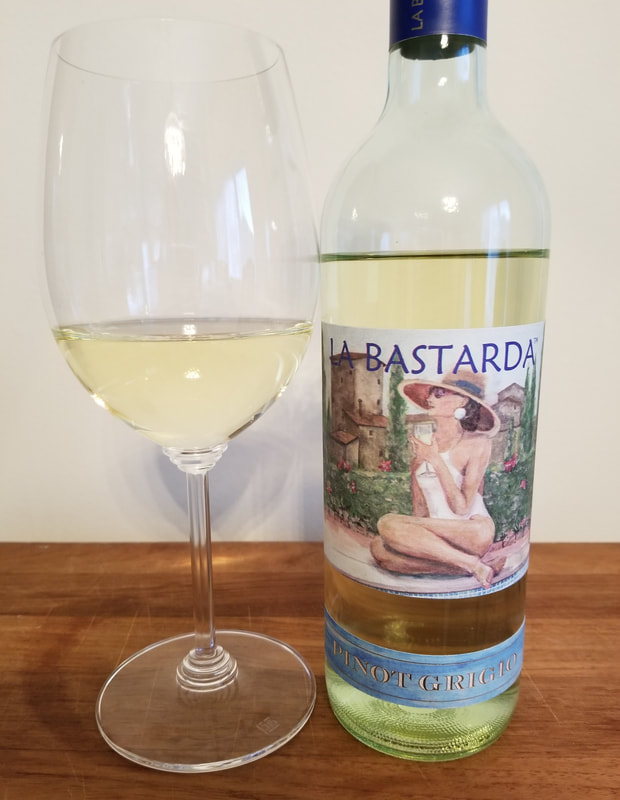
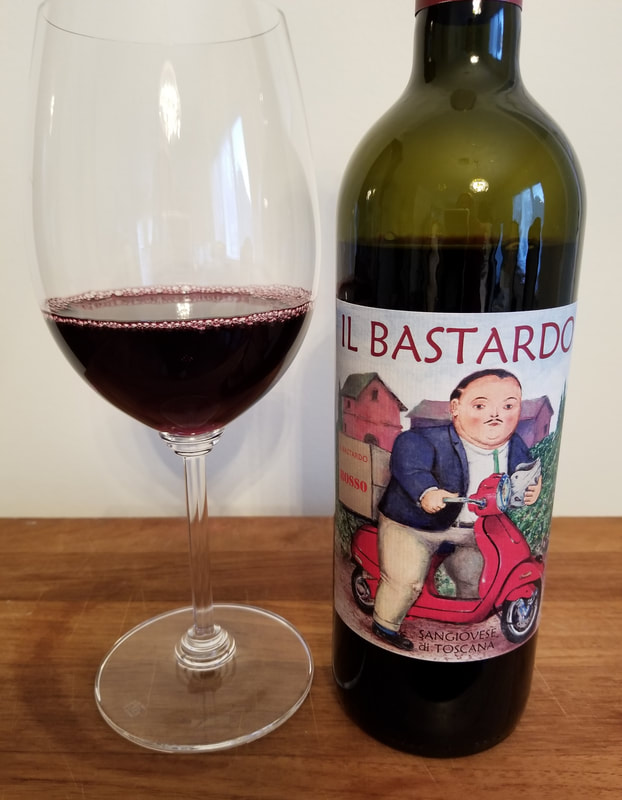
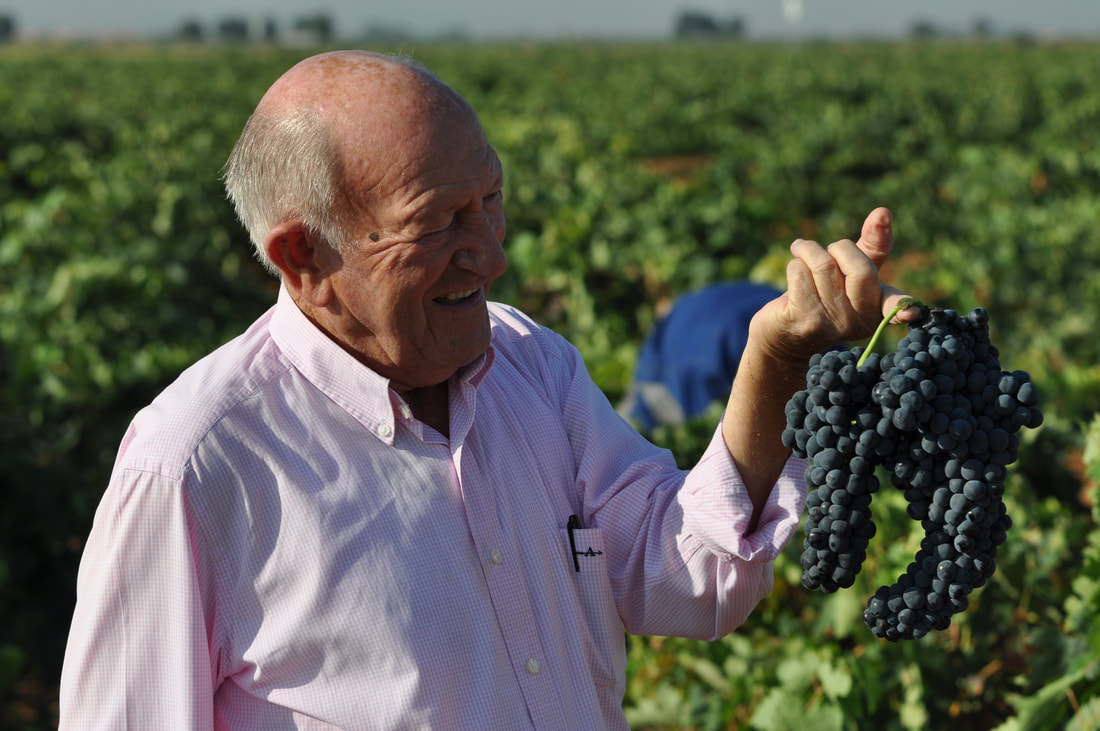
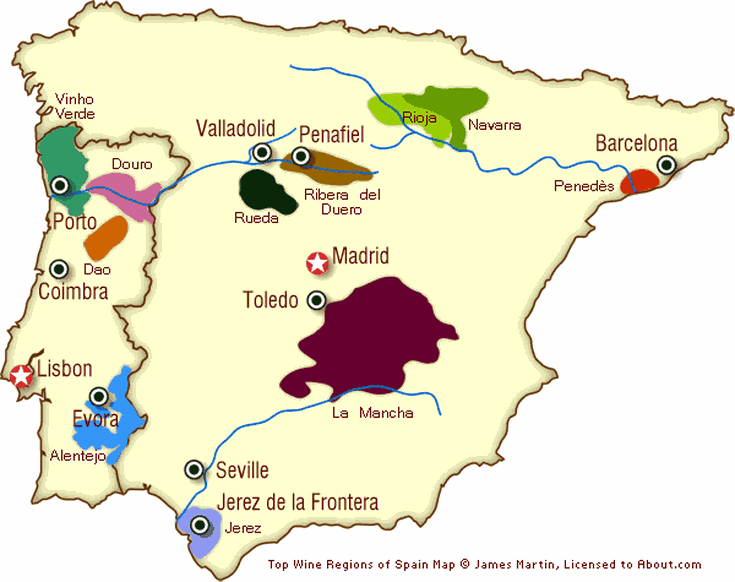
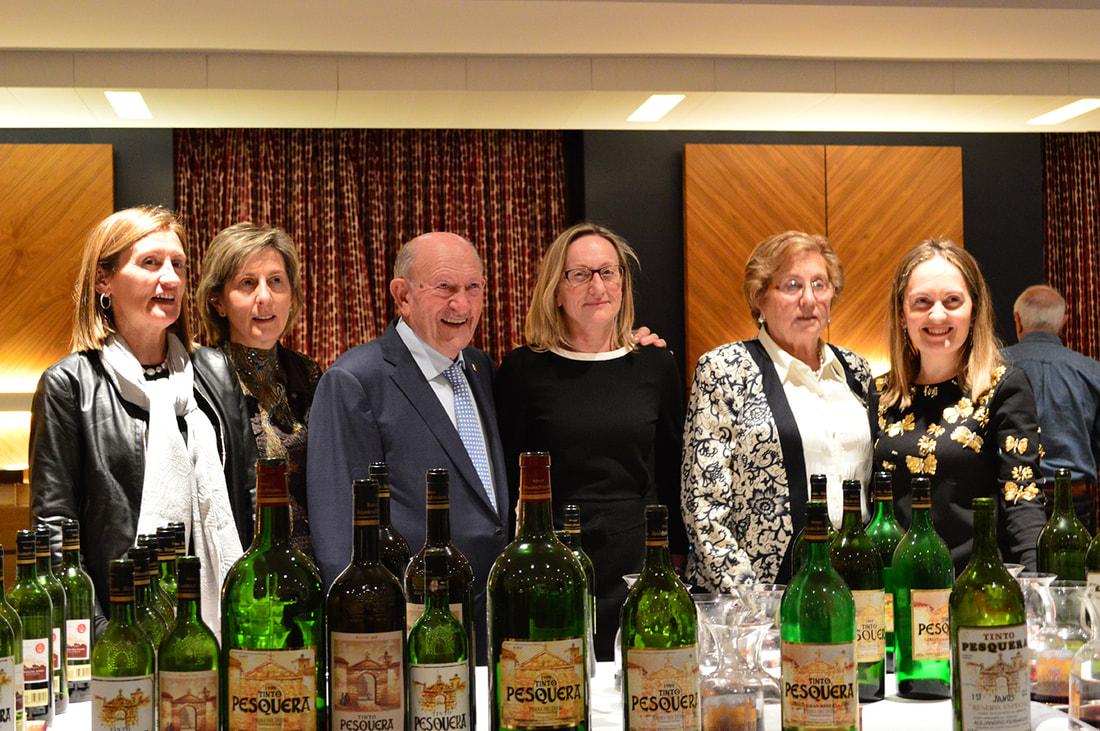
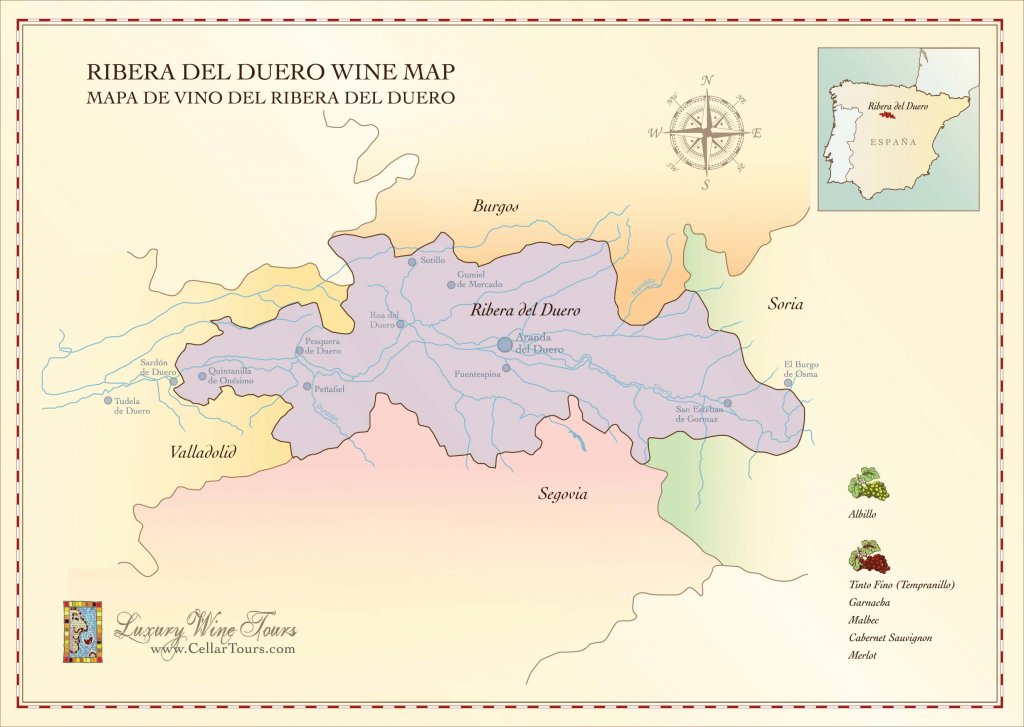
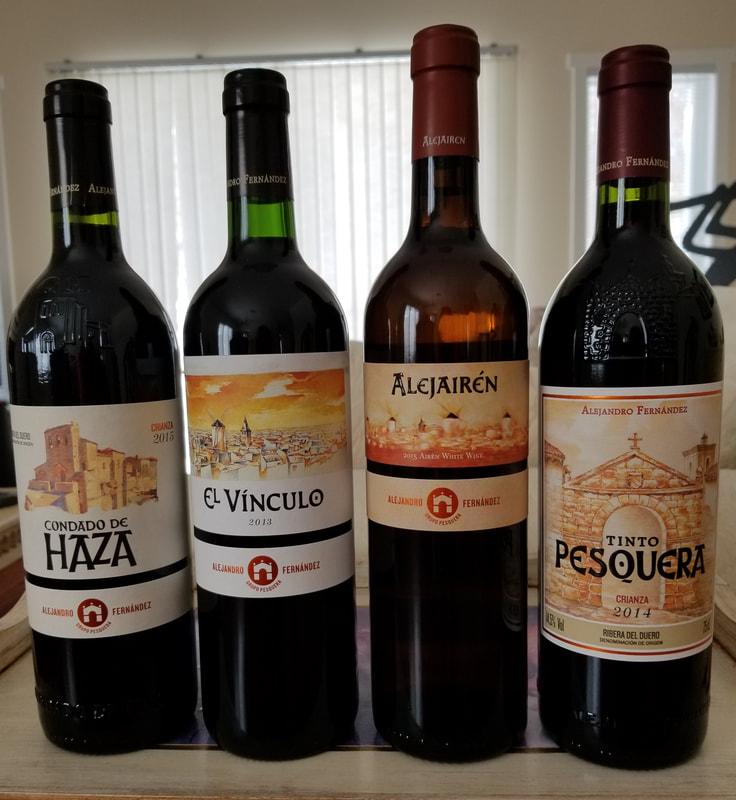
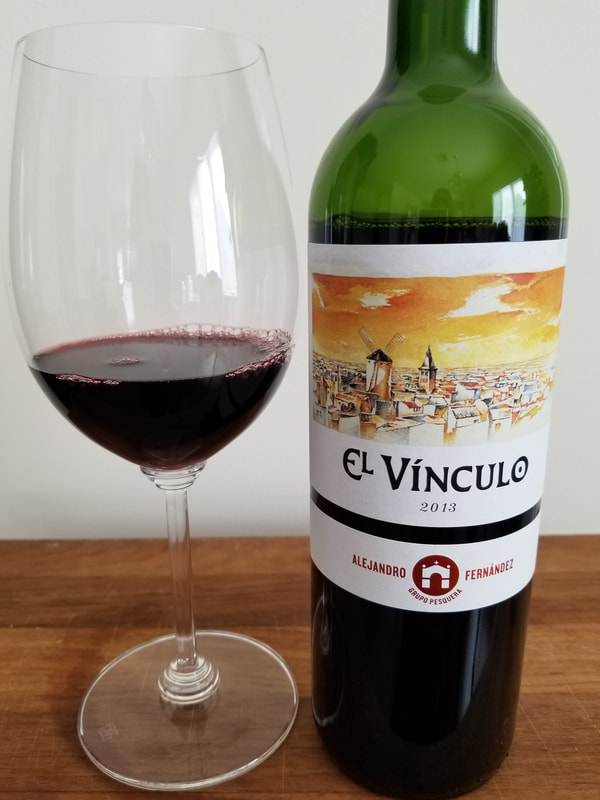
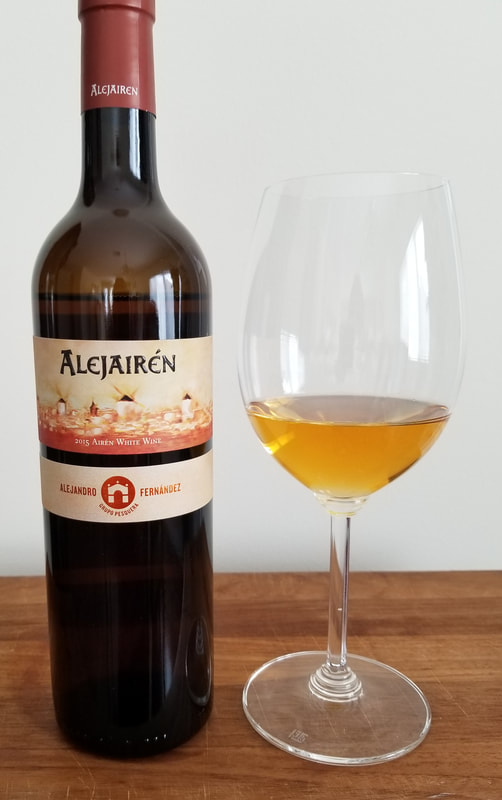
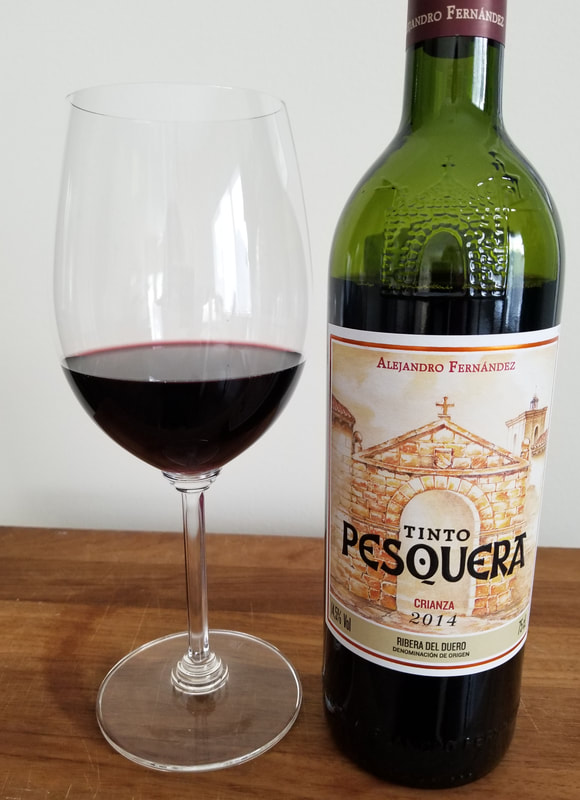
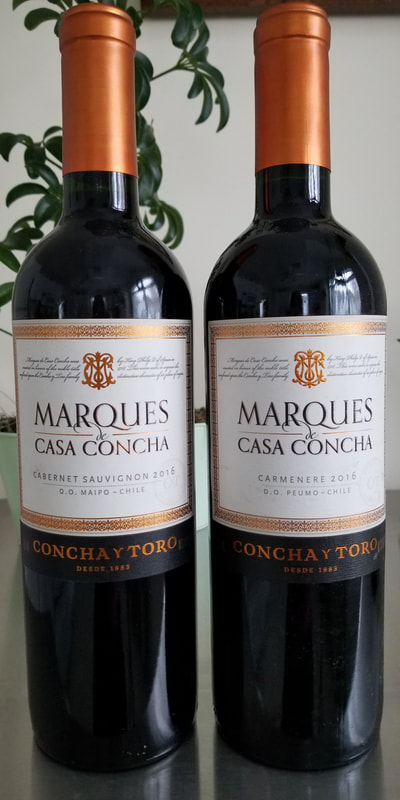
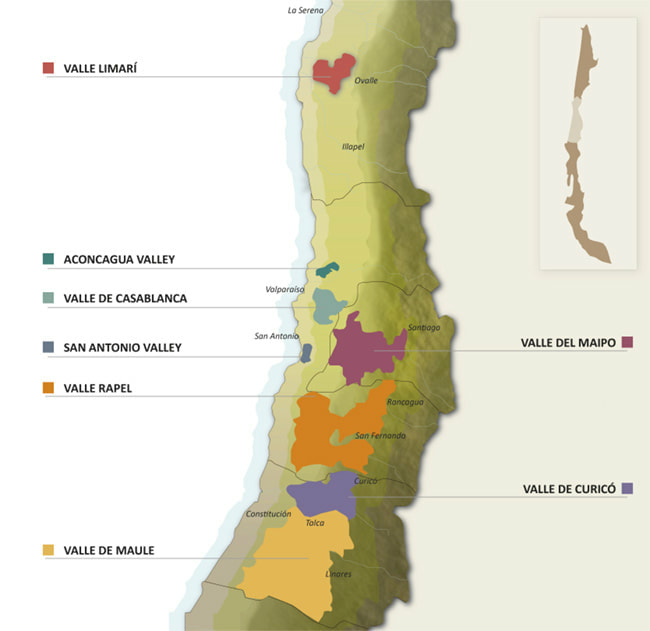
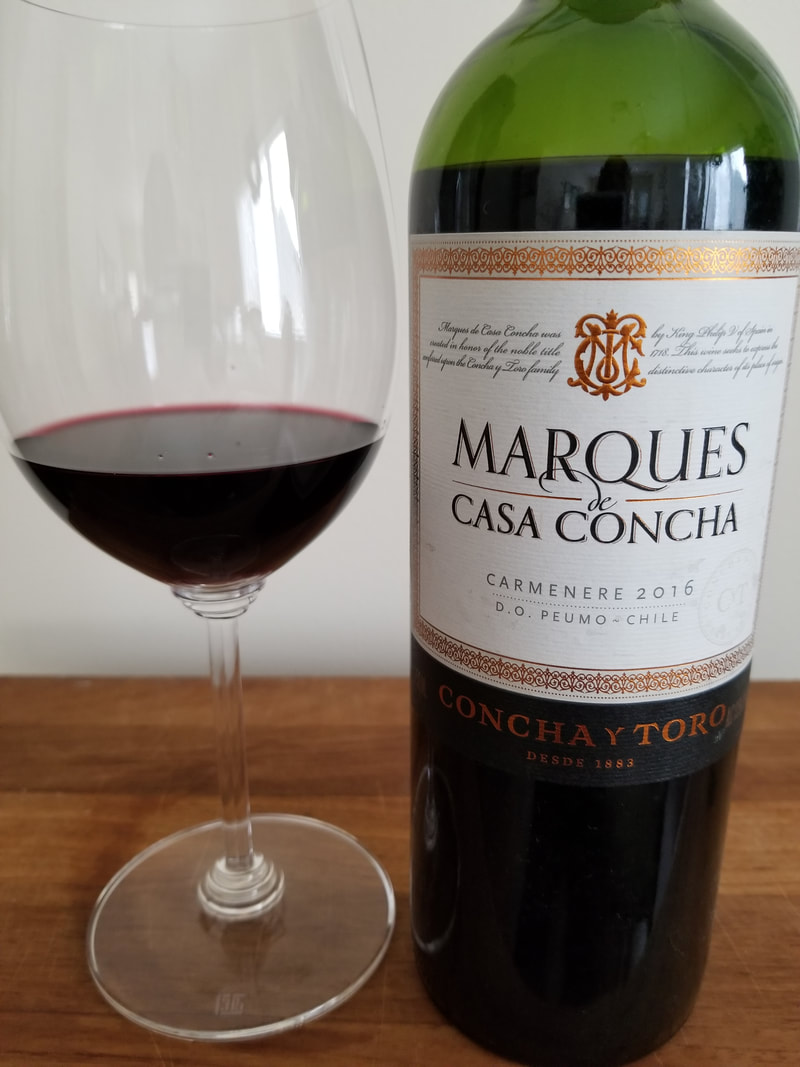
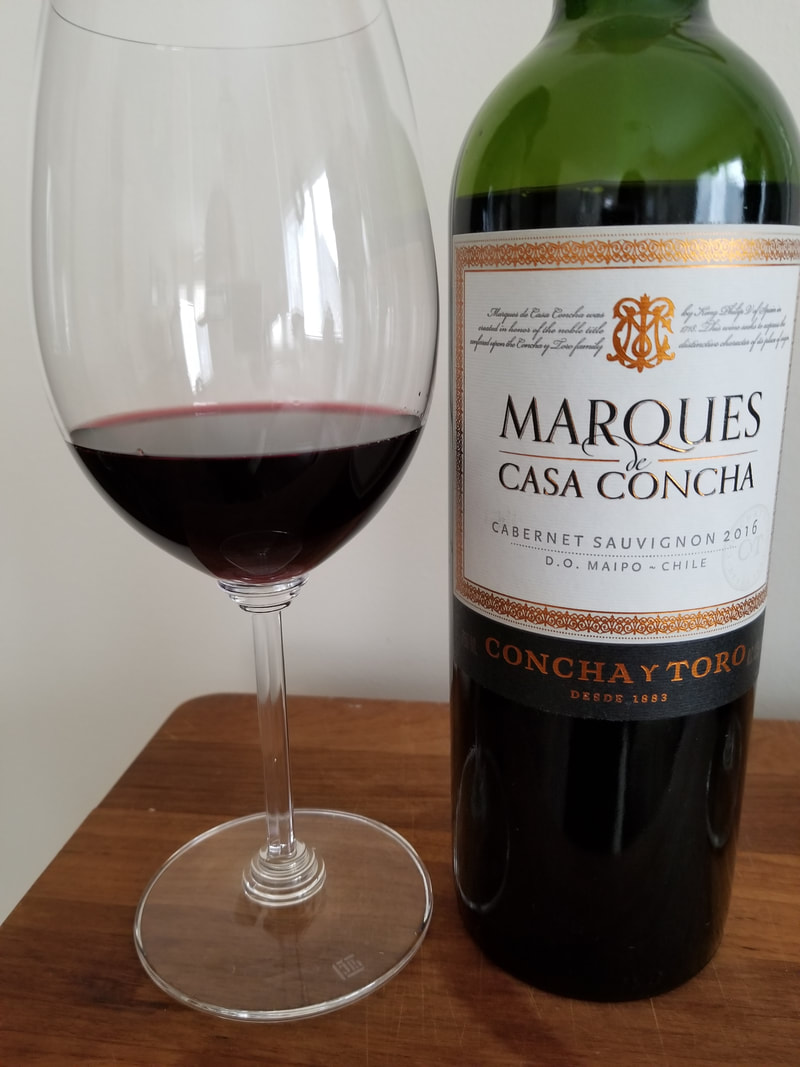
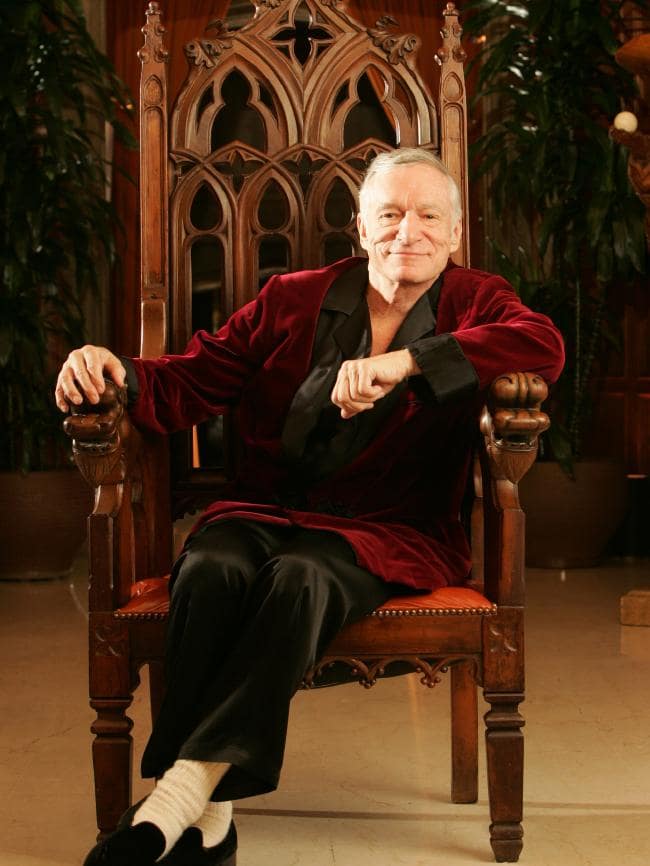

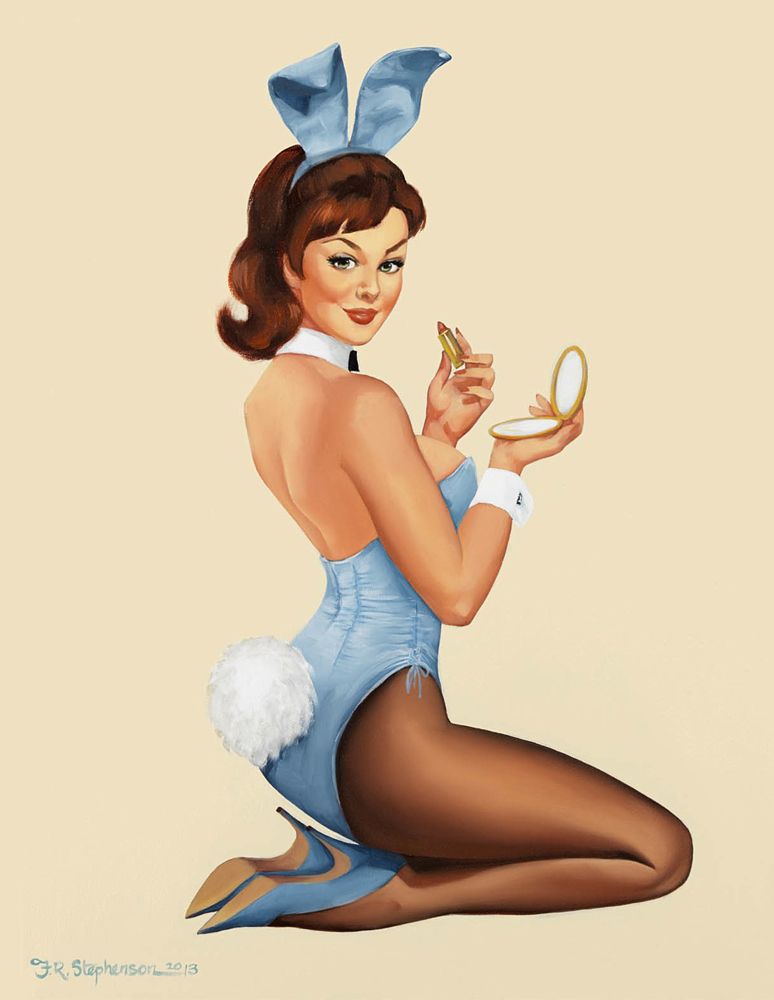

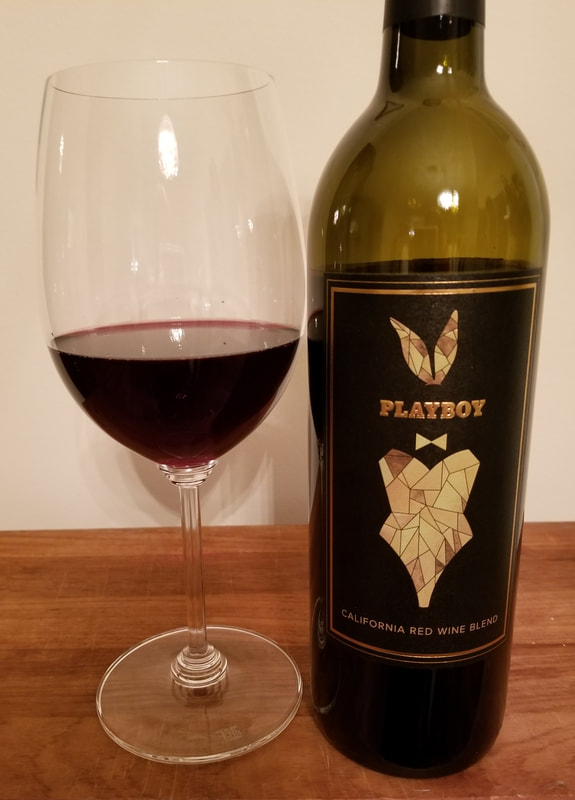
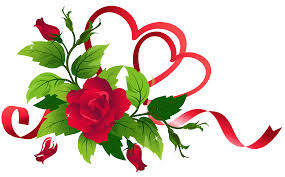

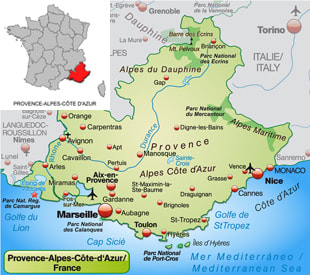
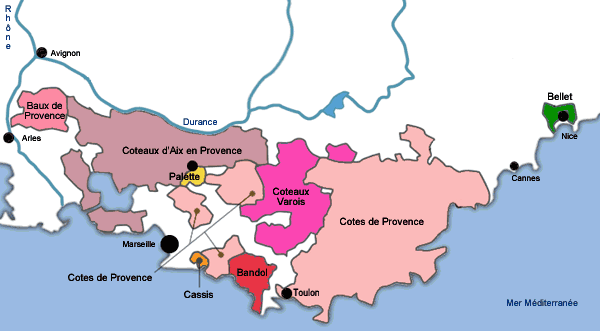
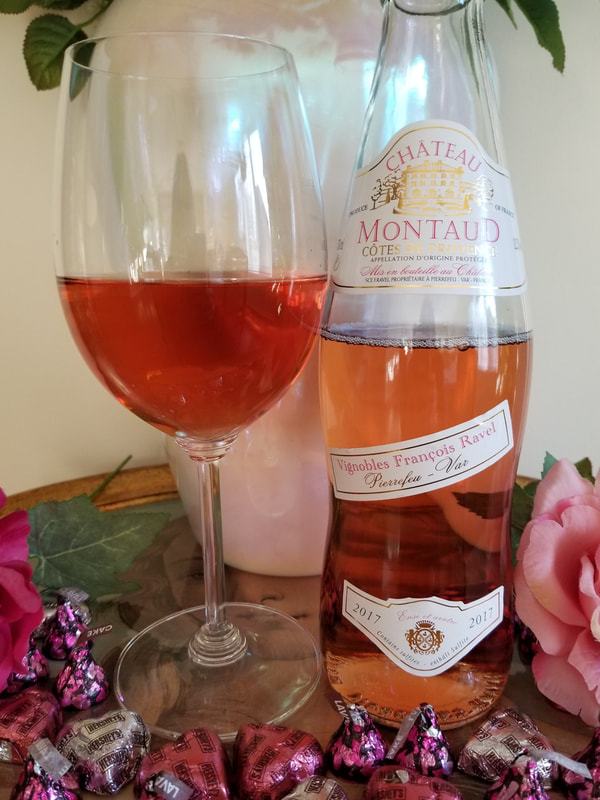
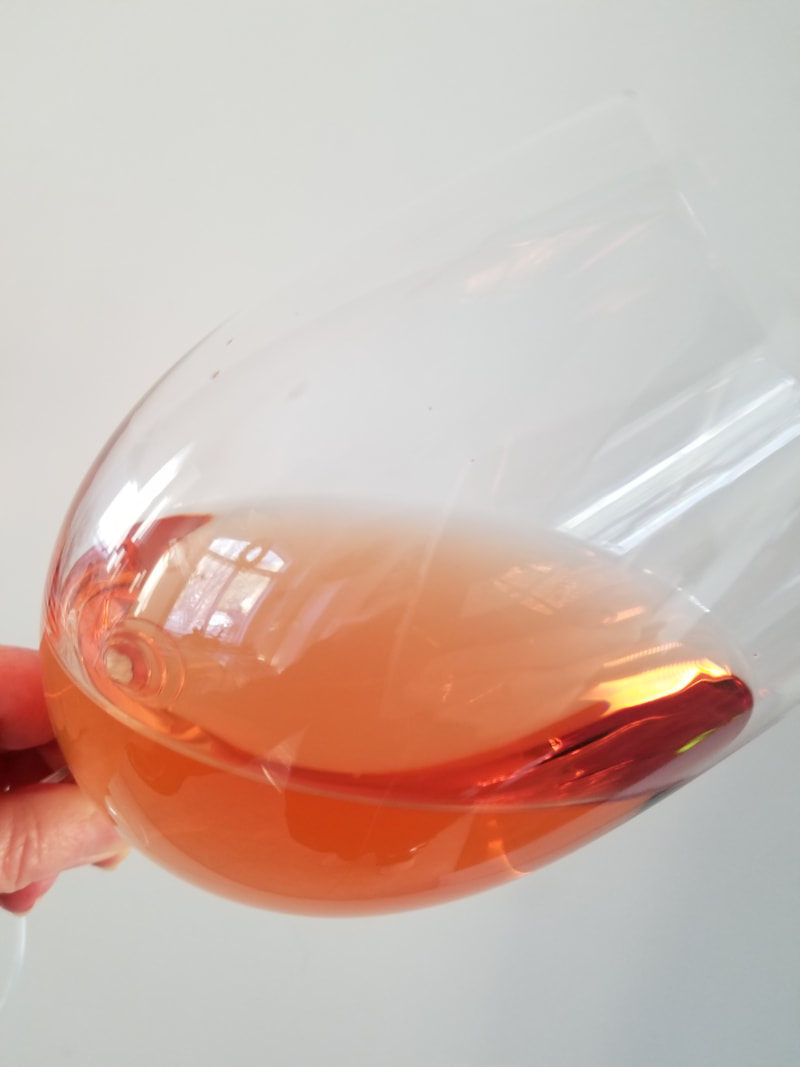
 RSS Feed
RSS Feed